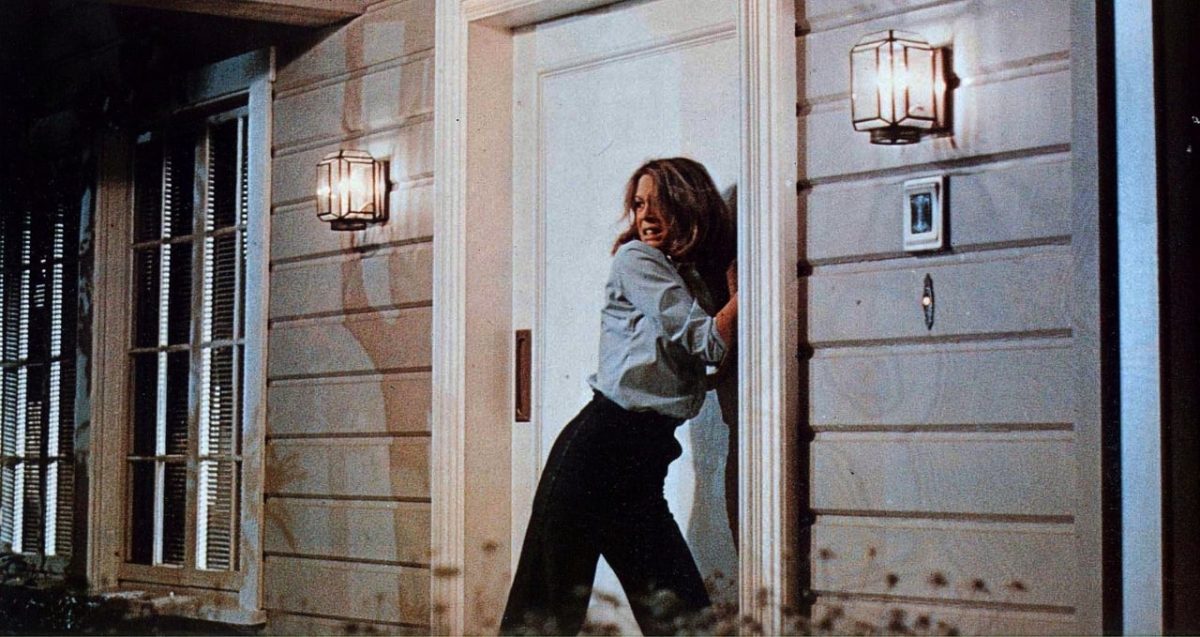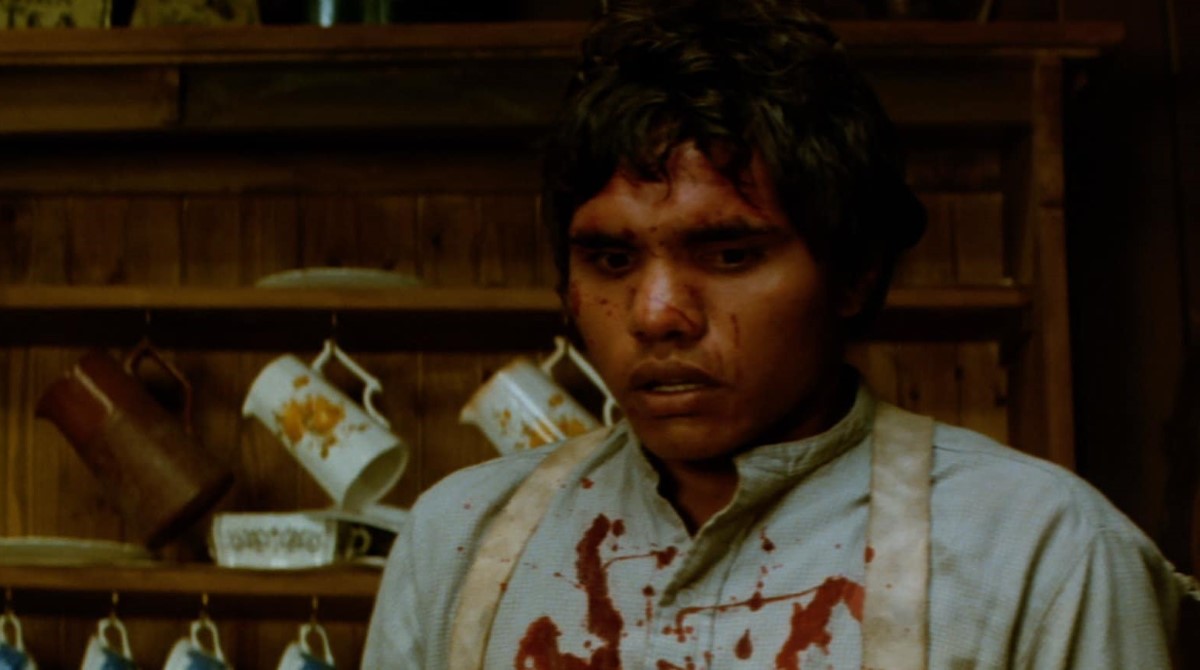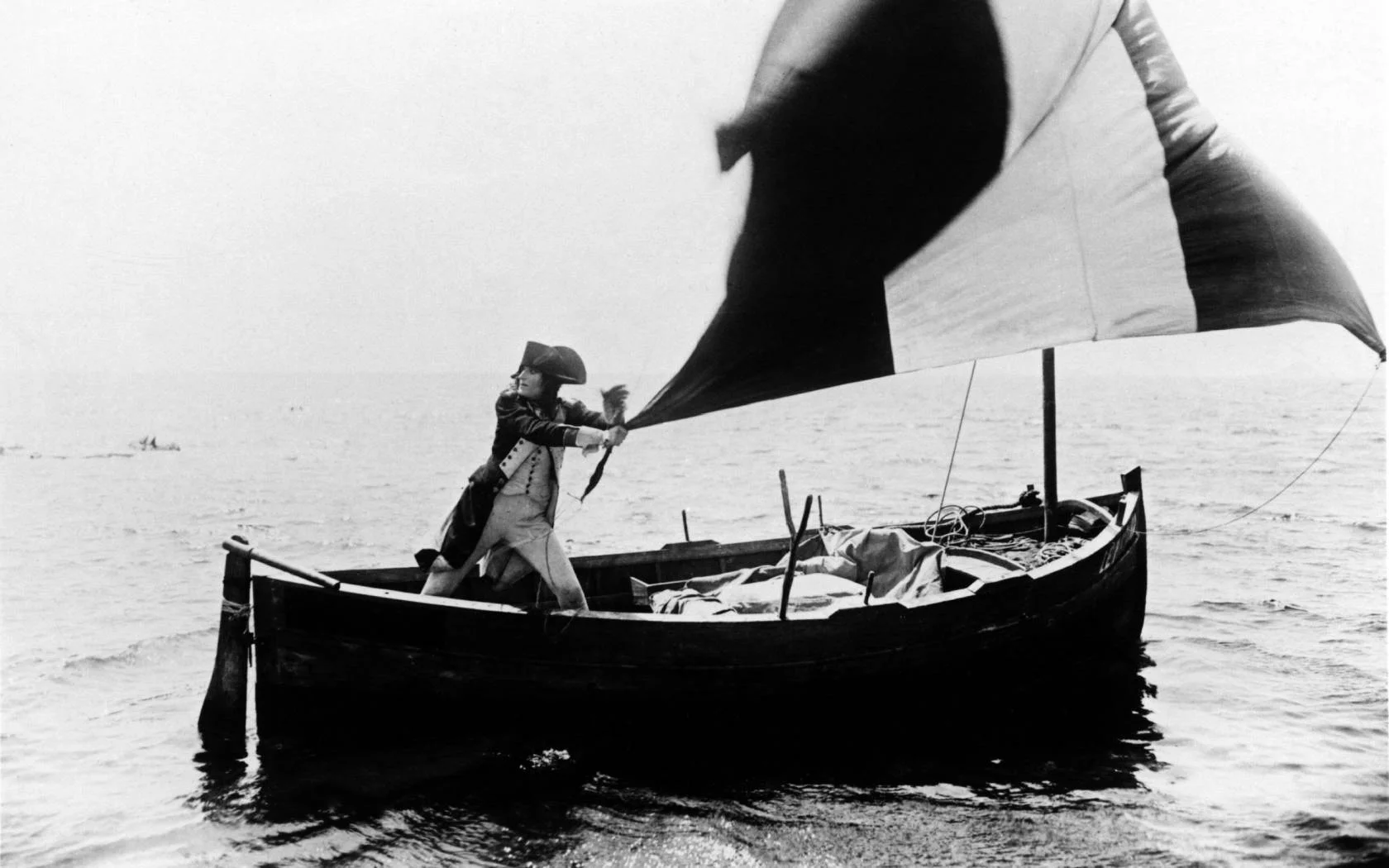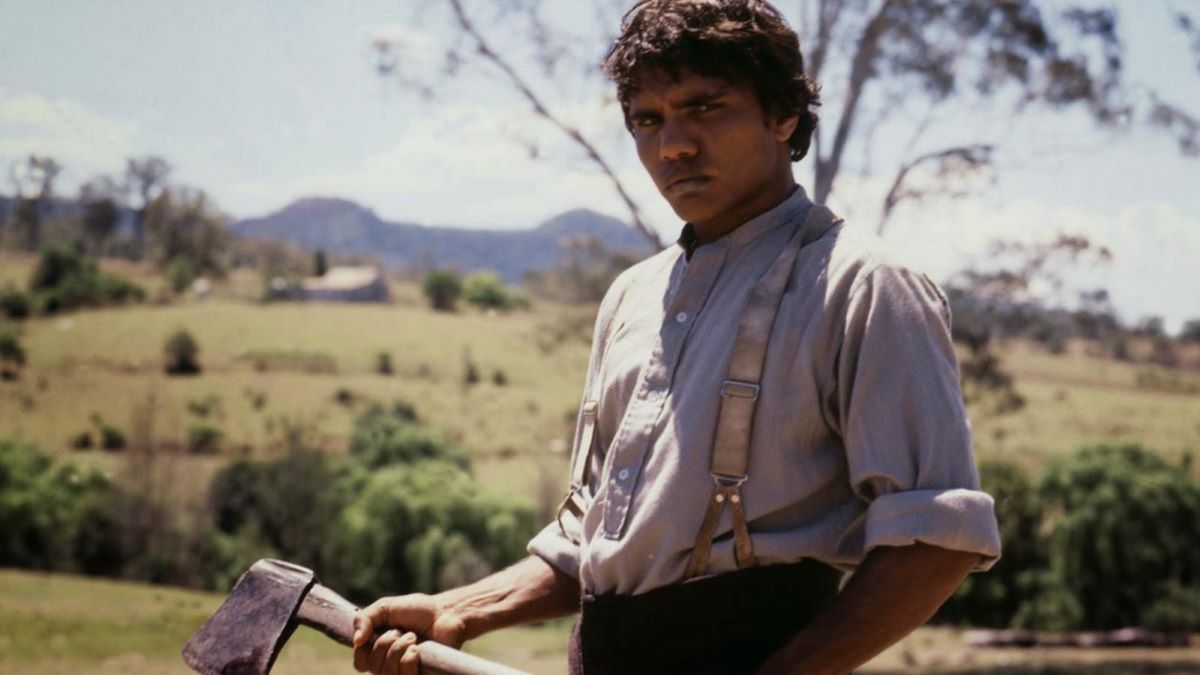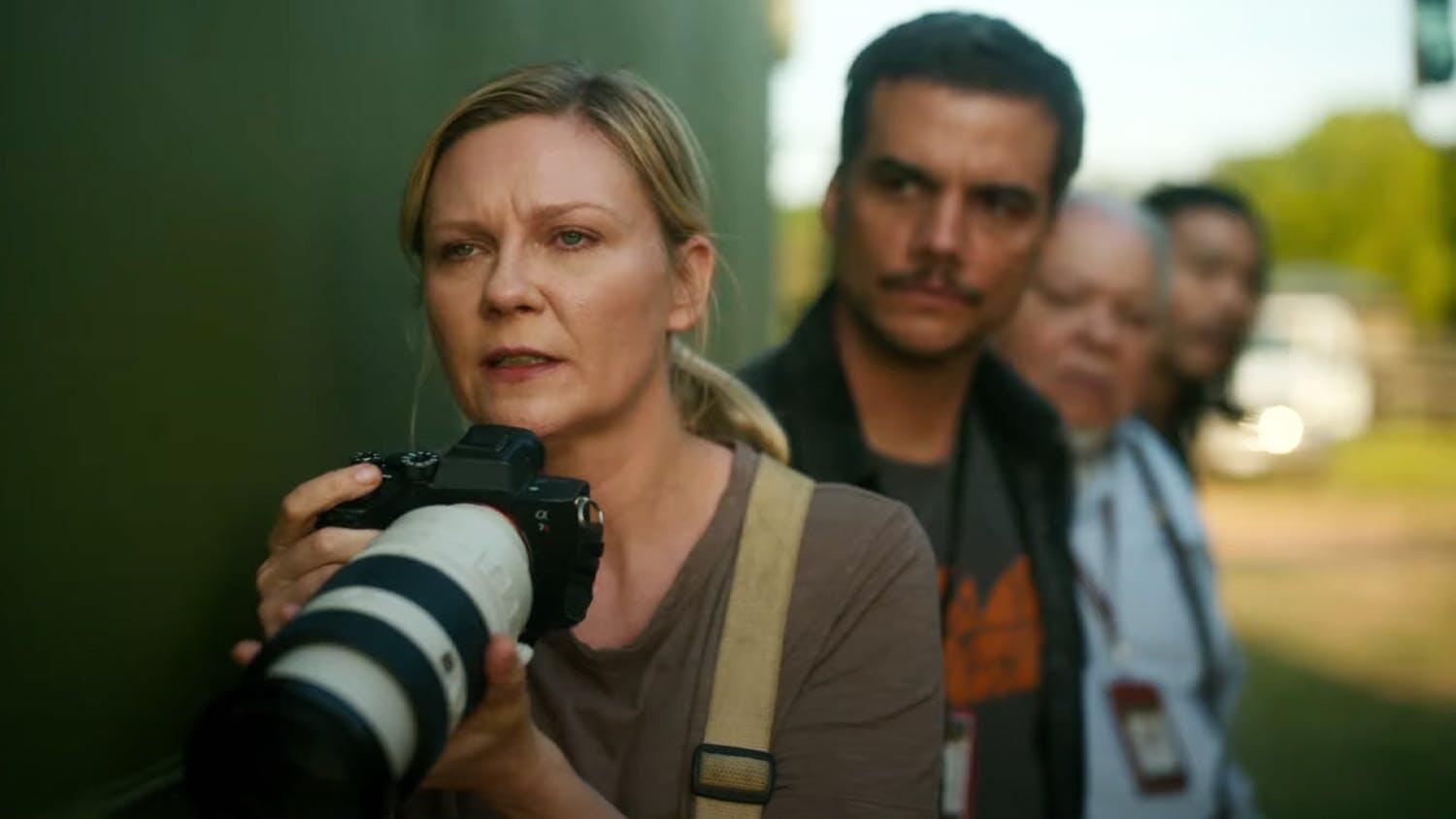by Pauline Kael
John Carpenter, who made the low-budget scare picture Halloween, has a visual sense of menace. He quickly sets up an atmosphere of fear, and his blue night tones have a fine, chilling ambience—the style is reminiscent of the Halloween episode in Minnelli’s Meet Me in St. Louis. But Carpenter isn’t very gifted with actors, and he doesn’t seem to have any feeling at all for motivation or for plot logic. Halloween has a pitiful, amateurish script (by Carpenter and his producer, Debra Hill). An escaped lunatic wielding a kitchen knife stalks people in a small Midwestern town (Haddonfield, Illinois), and that’s about it. There’s no indication of why he selects any particular target; he’s the bogeyman—pure evil—and he wants to kill. The film is largely just a matter of the camera tracking subjectively from the mad killer’s point of view, leading you to expect something awful to happen. But the camera also tracks subjectively when he isn’t around at all; in fact, there’s so much subjective tracking you begin to think everybody in the movie has his own camera.
As a doctor from the lunatic asylum that the killer has escaped from. Donald Pleasence is solid and forceful; enunciating in the impeccable tradition of Lionel Atwill, he delivers idiotic exposition about evil. Sometimes you think he’s going to have to cross his eyes to keep a straight face. Carpenter doesn’t seem to have had any life outside the movies: one can trace almost every idea on the screen to directors such as Hitchcock and Brian De Palma and to the Val Lewton productions. It may even be that Carpenter selected Jamie Lee Curtis to be his pure heroine—the teen-age babysitter, Laurie—because she recalls the serious-faced little blond girl in The Curse of the Cat People. The daughter of Janet Leigh and Tony Curtis, Jamie Lee Curtis has a hoarse, low, rather inexpressive voice and a plaintive Lauren Bacall-ish look and an attractive gaucheness. For no discernible reason, the bogeyman (who is masked) zeroes in on her near the start of the picture, but he keeps being sidetracked. He has no trouble When the lights go down picking off the teen-agers who “fool around”; only Laurie has the virginal strength to put up a fight.
There’s one really neat effect: near the beginning, when the madman is driving past, the more brash teen-age girls jeer at him, and the car pauses for an instant, as if the masked figure inside were deciding whether to dispatch the girls right then or bide his time. But Carpenter also wrote the score himself— all four bars—and he’s devoted to it. With the seductive tracking shots and the repetitive music, the film stops and starts so many times before anything happens that the bogeyman’s turning up just gets to be a nuisance—it means more of the same. Carpenter keeps you tense in an undifferentiated way—nervous and irritated rather than pleasurably excited—and you reach the point of wanting somebody to be killed so the film’s rhythms will change. Yet a lot of people seem to be convinced that Halloween is something special—a classic. Maybe when a horror film is stripped of everything but dumb scariness—when it isn’t ashamed to revive the stalest device of the genre (the escaped lunatic)—it satisfies part of the audience in a more basic, childish way than sophisticated horror pictures do.
The New Yorker, February 19, 1979

